Get off my lawn!
The white-picket fence enclosing a manicured green lawn is a staple of the suburban American dream. The picture-perfect patch of grass is so deeply rooted in the American psyche it feels more like a default setting than a choice. We spend countless hours every year seeding, watering, mowing, and fertilizing patches of grass that don’t make much sense, economically or ecologically. But why? In this episode of Sidedoor, we dig into the history of our lawnly love to learn where the concept came from…and how we grew so obsessed.
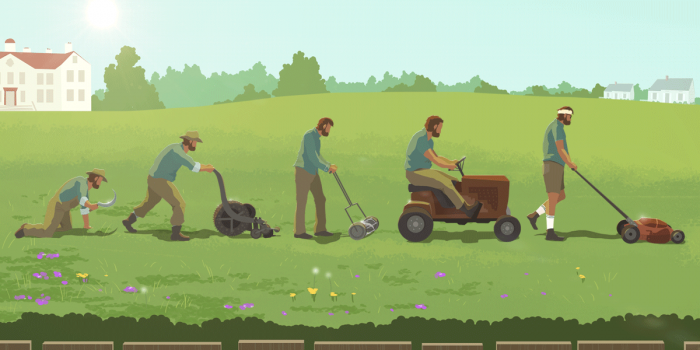
Few things are as complex in their simplicity as the American lawn. Omnipresent in our national psyche and suburbs, a picture-perfect patch of grass isn’t without its costs: to our wallets, our ecosystem, and in lost opportunities.
This time on Sidedoor, we explore how the lawn took root in American society. We’ll dig into the lawn’s history, cultural baggage, and consider if the grass would be greener if we just kicked up our feet and watched it grow.
Guests
- Jeff Schneider, Deputy director and “turf king” of Smithsonian Gardens
- Cindy Brown, Manager of collections, education, and access at Smithsonian Gardens
- Joyce Connolly, Museum specialist at the Smithsonian’s Archives of American Gardens
- Abeer Saha, Curator of agriculture and engineering at the Smithsonian’s National Museum of American History
- Sylvia Schmeichel, lead horticulturist at the Smithsonian’s National Museum of Natural History
Listen Now
Links and Fun Stuff
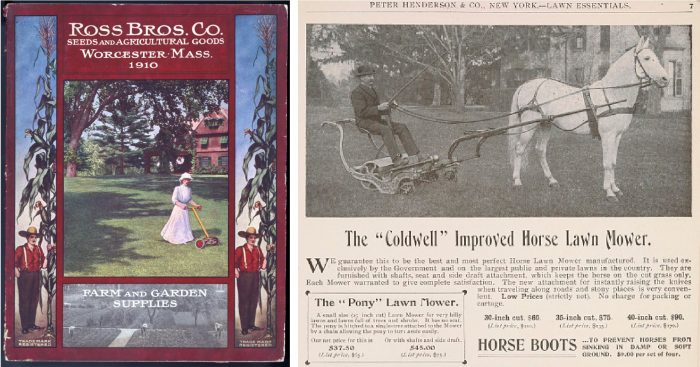
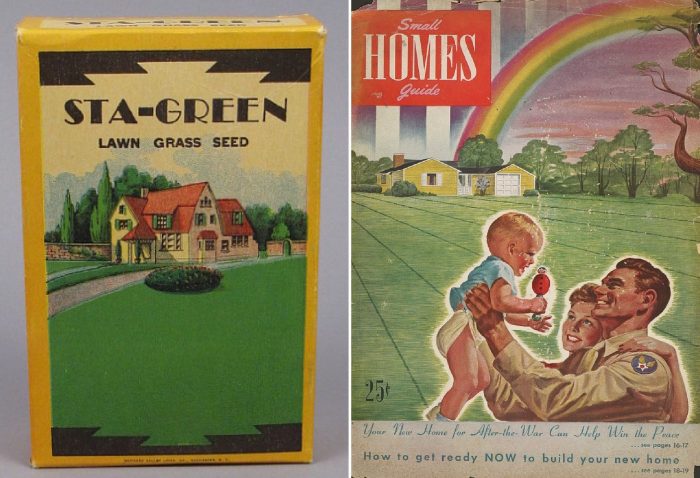
- Find out more about Smithsonian Gardens, including the Enid A. Haupt Garden. You can take virtual tours, view current exhibitions, or even help solve an historic garden mystery!
- Learn more about Smithsonian Gardens’ pollinator lawn and get tips for planning your own pollinator-friendly space.
- Check out the Smithsonian Libraries and Archives online exhibition Cultivating America’s Gardens, which includes a section dedicated to the history of the American lawn. The Archives of American Gardens, managed by Smithsonian Gardens, hosts an astounding collection of approximately 65,000 images and records that document historic and contemporary gardens throughout the United States.
- The Smithsonian’s National Museum of American History’s Trade Literature Collection offers a treasure trove of historic seed and nursery catalogs that you can peruse online. The bold graphics and bright colors of these catalogs helped “sell” the idea of the American lawn to aspiring readers.
- Though his career only lasted 16 years, Andrew Jackson Downing made significant and lasting contributions to American landscape design. Learn more about his work from the National Gallery of Art — and discover why an urn in his honor is located in the Smithsonian’s Enid A. Haupt Garden.
- Creative alternatives to the monoculture lawn are gaining ground! Browse serene inspiration shots and tips on getting started in a recent article from the New York Times, along with answers to common questions about making the switch.
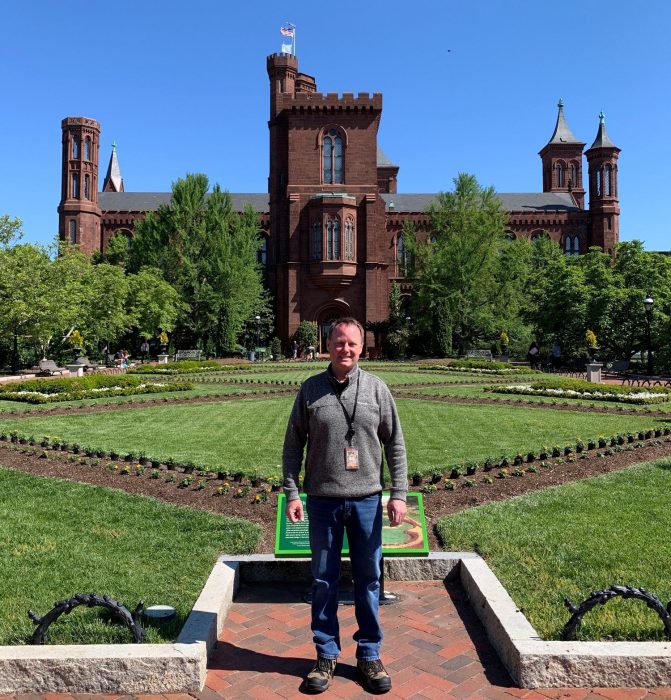
Jeff Schneider’s lawn care tips
It’s all about timing: Lawn care, like baking, takes a recipe. And it’s all about timing. If you spend time and effort at the correct time of year, things tend to work out well. Do your cool season restoration — fertilization, aeration, and overseeding — in the fall. In the summer, just mow and maintain.
Mow long: Mowing short is probably the worst thing you can do for a tall fescue lawn! The taller the leaf blade is, the longer the root is underground. The longer the root, the more water it can reach. At Smithsonian Gardens we mow at between four and five inches.
Know your soil: Before you even try to restore your lawn, get a soil test from your local cooperative extension service. You need to know what your pH and nutrient levels are so you know where to start. You may simply need to apply some lime to raise the PH, but you won’t know without a soil test.
Watering: Just because your lawn turns brown doesn’t mean it’s dead! Cool season lawns tend to go dormant; they’ll turn brown over the summer if they don’t get enough water, but they’ll come back in the fall with more rain and lower temperatures. Irrigation isn’t necessary for your lawn’s long-term health.
Where to learn more: Historically, many people get advice on how to care for their lawns from fertilizer, pesticide, or grass seed producers. Visit the website of your local cooperative extension service, which will provide information on gardening, agriculture, lawn care, and more based on research that’s done at nearby land grant universities.
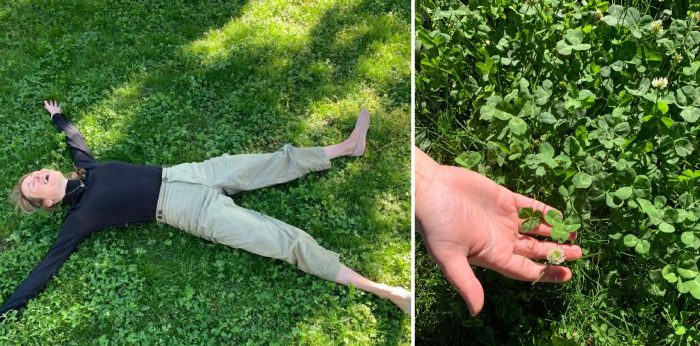
Posted: 30 June 2022
-
Categories:
Collaboration , Education, Access & Outreach , Feature Stories






